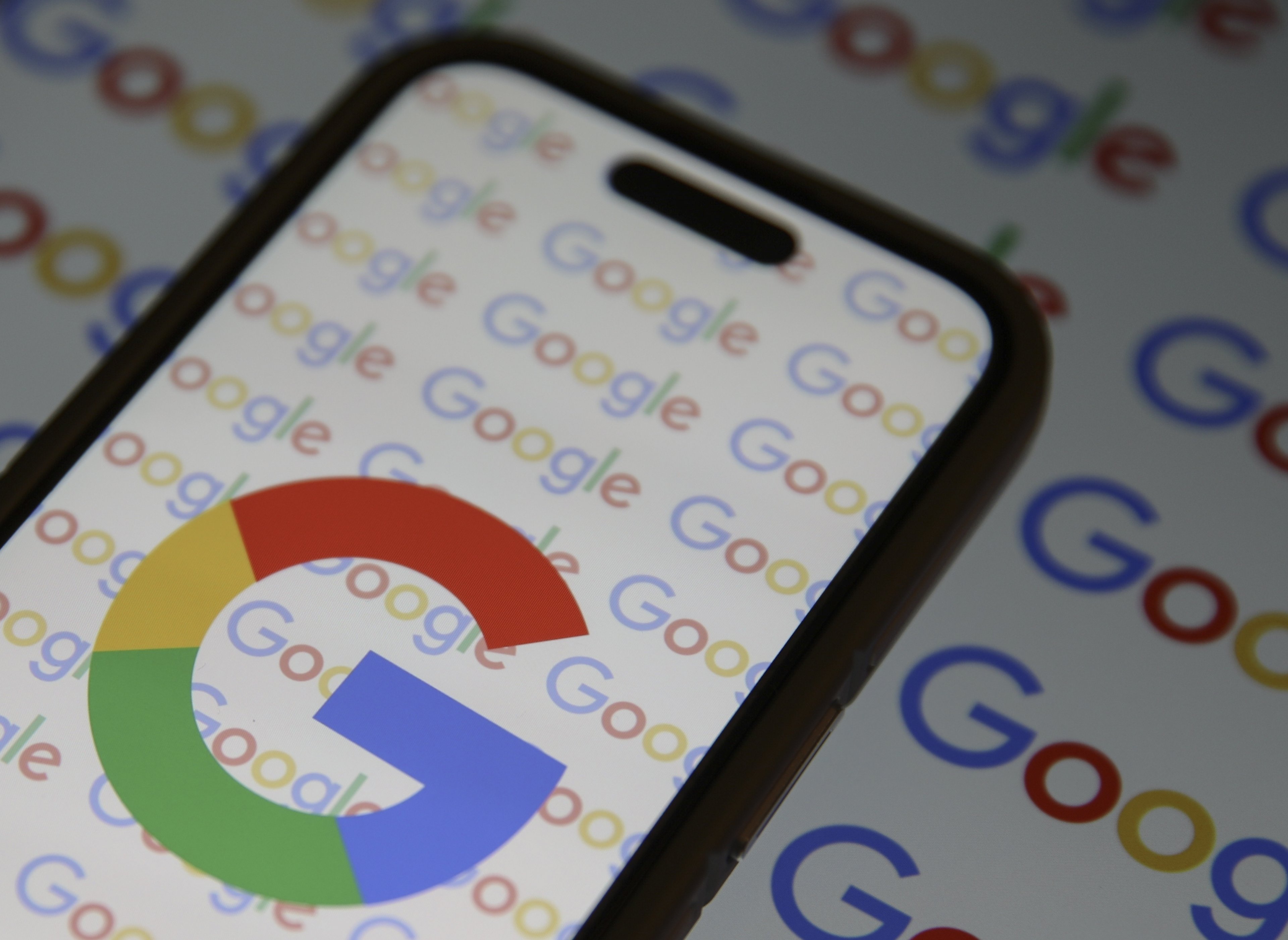Google (GOOG +1.05%) (GOOGL +0.96%) and Facebook (FB +1.15%), the two largest Internet advertising companies on the planet, are now battling each other for a piece of Amazon's (AMZN +0.50%) home turf -- the e-commerce market.
Google recently introduced "Purchases on Google," which will let shoppers buy products directly from its mobile ads. Shoppers will be taken to a Google checkout page with retailer branding, Google will process the payment, and the retailer will fulfill the order. Facebook announced that it would let businesses add buy buttons to their Facebook Pages, also eliminating the need to visit external websites. Facebook will also process the payment for the retailer.

Facebook (L) and Google (R) will soon offer buy buttons. Source: Company websites.
Both Google and Facebook have been testing these buttons for a while now. The Wall Street Journal initially reported on Google's Buy buttons in May, and Facebook started testing Buy buttons in its news feed over a year ago. But as the battle heats up, will Google and Facebook steal customers away from Amazon, or are these ambitious efforts doomed to fail?
Google's strengths and weaknesses
According to Google chairman Eric Schmidt, "more than twice" the number of people looking to buy something online started on Amazon instead of Google last year. This means that every user who goes straight to Amazon equals one less product search for Google's search engine.
Therefore, Google's Buy buttons can widen its defensive moat against Amazon, boost the value of its mobile ads, and provide Google with more user data regarding shopping habits. But in exchange, retailers must become single branded pages within Google's network, which could weaken their brand identities and relationships with shoppers. To compensate, Google will let shoppers opt-in to a retailer's marketing emails during the checkout process. If a clicked-through product doesn't match what the shopper was searching for, the consumer can also continue browsing through other products from the same retailer.
Google's Buy buttons could also complement the YouTube Buy buttons it unveiled in May. Those buttons, which appear at the bottom of select videos, link to a retailer's external website, where a purchase is subsequently processed. Google claims that nearly two-thirds of brands see Google searches rise as much as 13% after consumers view a related ad on YouTube. Therefore, embedding ads directly into YouTube videos might prevent users from purchasing products from Amazon after watching an ad.
Facebook's strengths and weaknesses
Facebook's Buy button strategy is designed to attack both Amazon and Google. Facebook had 1.44 billion monthly active users at the end of last quarter, and it intends to corral them in its own ecosystem for as long as possible. By doing so, Facebook's ads gain more exposure, and it can mine more data from its users' browsing habits. That's why it's encouraging users to upload their videos directly to Facebook instead of YouTube, and why it's asking news publishers to upload their stories to the News Feed instead of using external links.
If Facebook also convinces users to shop within Facebook's blue-and-white walls, it will expand that all-in-one ecosystem and give users one less reason to visit Amazon or Google. Facebook's Business Pages also allow retailers to seamlessly communicate with customers -- a critical feature which Google's branded retailer pages lack. Meanwhile, the ability to complete the entire purchase within Facebook's ecosystem could make its ads -- which surged 285% annually in price last quarter -- even more valuable.
Facebook's Buy buttons could also complement its recent introduction of "Businesses on Messenger," a platform which lets businesses send messages to customers through Messenger while potentially letting them purchase products directly within the app. However, investors should remember that Facebook has failed at e-commerce before. In 2011, it killed off its Groupon-like site Facebook Deals. Its Pinterest-style Collections feature, which led to external sites, was also phased out last year.
Why Amazon isn't worried
Google and Facebook aren't Amazon's only challengers -- Twitter and Pinterest also recently revealed Buy buttons for their social networks. However, all of these challengers lack an effective way to counter to Prime, Amazon's premium service which offers free two-day shipping, streaming media, unlimited cloud photo storage, and other perks for just $99 per year. Amazon is constantly tethering more users to that ecosystem by selling Kindles, set-top boxes, and offering time-limited sales for members.
According to Consumer Intelligence Research Partners, the number of Prime members has risen from 20 million last January to 44 million today. The firm also estimates that Prime members spend an average of $1,200 annually, compared to $700 per year for non-members.
Therefore, unless Google, Facebook, and other challengers can counter that growth, they'll likely remain indirect, outlying competitors to Amazon. Nonetheless, investors should keep an eye on Google and Facebook's e-commerce efforts, to see if they can change how people shop online.










